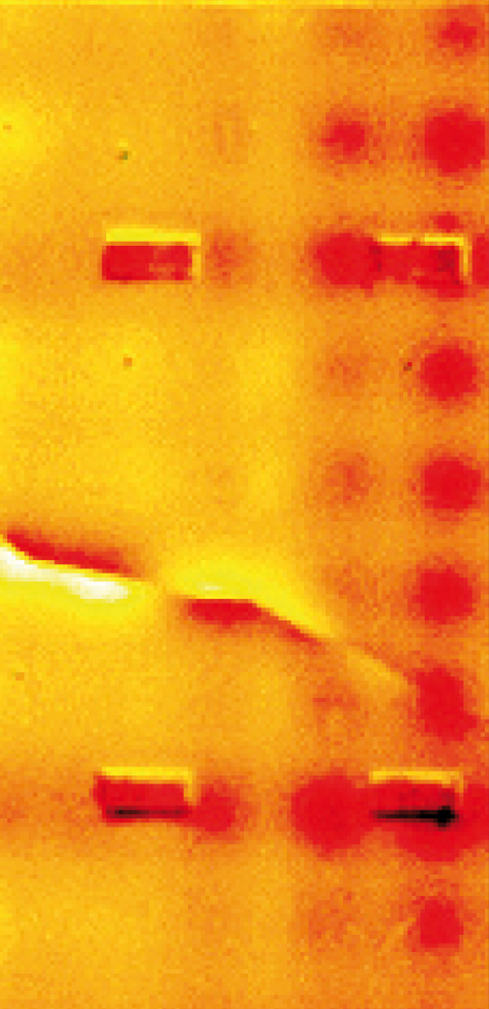Industrial image processing as a technology supports quality assurance in production. Both random and one-hundred-percent inspections are feasible depending on the application. In either case, an industrial image processing system works more reliably and comprehensibly than a visual inspection system. Very often, industrial image processing is a prerequisite for quality assurance.The application of image processing systems has its advantages in other fields too, like traffic, safety and medical engineering.
Guideline for industrial image processing
Introductions
To facilitate access to the topic, we have created our "Guideline for Industrial Image Processing." It addresses the practitioner in business and intends to guide him towards the successful implementation of this new technology. The guideline therefore offers not only fundamental information about the technology and its possible applications but also important tips from the wealth of experience of developers, users and system providers. Moreover, it describes potential procedures for the realization of image processing solutions in your own enterprise.
Benefits
At first, business evaluations of the industrial image processing technology are taken into account. These comprise quality policy, product liability and increase of the productivity. A real project example shows which factors have to be considered in order to estimate the cost effectiveness. A classification of different inspection tasks serves as a basis for the discussion of certain system solutions and their use possibilities. An overview of special imaging sensors provides numurous examples for a wide array of new applications of image processing.
Imaging Sensors
- 3D-Sensors
- Infrared Sensors
- X-ray Sensors
- CMOS Sensors
- High Speed Sensors
Basics
This chapter explains technical bases of industrial image processing with essential system components and introduces different system solutions that are divided into price categories.
Project Organization: Pre-selection of suppliers and specification sheet
The previously collected information is solidified: the user knows the basic operating mode of industrial image processing, has defined his inspection task and compiled a list of providers. Now it is necessary to invite and compare offers, choose the right provider and work out the details of the specification sheet. To make the accomplishment of this task easier, you will find several checklists in our guideline.
Realization of the system
The last chapter depicts the essential phases of a project, from the awarding of the contract, the construction, development and beginning of the operation at the contractor´s facilities to the user´s operation of the system. We there apply project management techniques that have been transferred to the basic conditions of industrial image processing.
References
Professional publications and professional journals build an essential foundation for becoming acquainted with a new technology. For this reason, we have put a collection of selected sources, exhibitions and associations in the field of image processing at the end of our guideline.
Order
ISBN: 3-8167-6296-4
ISSN: 1618-1565
